How To Plan An African Safari
Going on an African Safari is a major bucket list item for many. Personally, a safari was a dream somewhere in the back of my mind, one kept tucked away until 2017. I planned my first safari in six weeks (I won’t recommend that!), but I learned a lot in the process. If you’re looking to go on a safari, here are five key factors to help you plan an African safari.
1. where to go on safari
For starters, while it’s great that you’ve narrowed down your safari destination to a continent, Africa is a continent with 54 countries! Your very first step in planning an African Safari would be to decide on where to go. Here are some safari destinations to consider, it is not uncommon for safaris to be combined across two or more countries:
- South Africa – Kruger National Park is the most popular (and for good reason) and one of the largest in the world. However, South Africa boasts many other great parks. Pilanesberg in the Northwest province, Addo Elephant Park in Eastern Cape, Hhuhluwe Umfolozi Game Park, and Lion Sands game reserve (a safari mecca) are some examples. South Africa is a great option for those seeking a self-drive safari. I was unaware that this was an option until I began to do my research. Want to stay in a lodge? South Africa boasts some stunning lodges at different price ranges.
- Botswana – Not as popular as South Africa, Kenya or Tanzania but Botswana is one to watch as a safari destination! Chobe National park is a popular one in Botswana. A safari in Botswana can be easily combined with a trip to Victoria Falls, in Zambia/Zimbabwe. Botswana safaris are some of the most expensive on the continent due to the governments’ dedication to keeping tourism footprint low.
Kenya – Many Safari dreams are set in Kenya and for good reason. This East African nation is home to 54 national parks and reserves. Maasai Mara National Park is the most popular as it is where the annual wildebeest migration happens. Not to forget Lake Nakuru, Lake Naivasha, Amboseli, Hell’s Gate, and many more. There are safari packages for every budget in Kenya but different from South Africa and Namibia, self-driving safaris are less popular here.
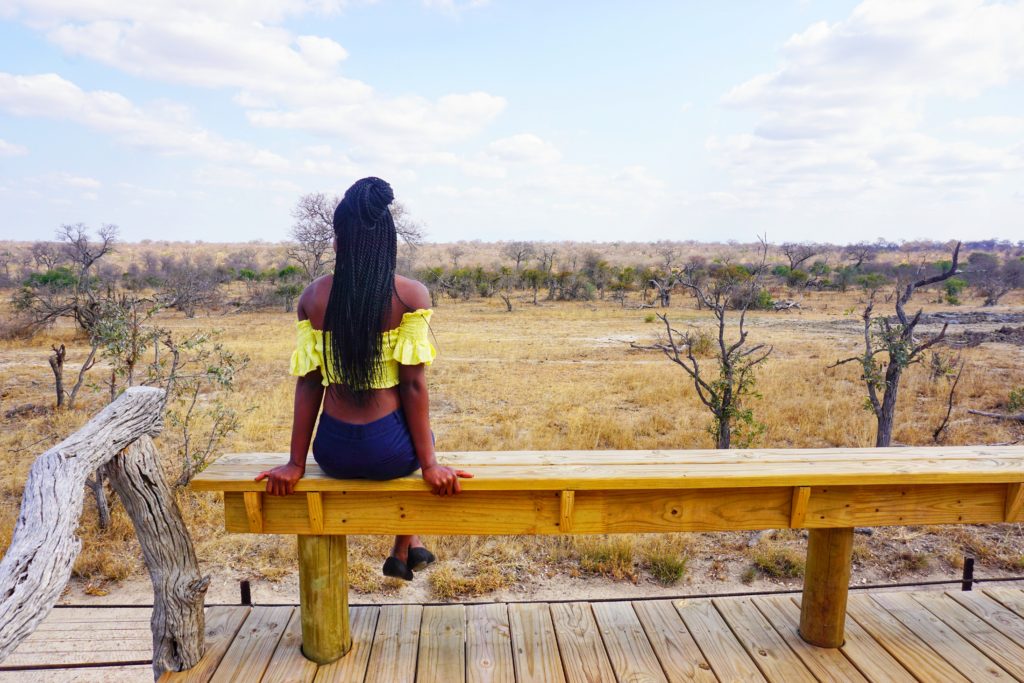
- Tanzania -Like Kenya, Tanzania is synonymous with Safaris and Serengeti national park is the most popular. Many safaris are planned such that they start in Kenya and end in Tanzania (or vice versa). Tanzania boasts 17 national parks, and the Serengeti is the other place where the wildebeest migration can be observed. Other well known parks are Arusha, Ruaha, and Ngorongoro.
- Malawi – Not so popular and certainly underrated, Malawi is home to ten national parks, 170 species of mammals, and over 650 species of bird. Liwonde national park, and Majete wild life reserve are some of the top reserves. Malawi remains completely unspoilt wilderness and has not yet seen mass tourism.
- Namibia – This Southern African nation is becoming increasingly popular for safaris. Namibia is a great option for both self-drive or guided safaris. Etosha National Park (one of the continent’s best national parks, Damaraland (semi-desert wilderness that is home to Namibia’s famous adapted elephants and rhinos), Kaokoland (harder to reach but a favourite with photographers), Sossusvlei, Skeleton Coast, and Fish River Canyon are some options.
Tip: Each of these countries has more to offer beyond safaris. Pick destinations that collectively offer what you’re looking for in a holiday.
2. when to go on safari
When planning an African safari, keep in mind that the time of year that you travel will influence where might be best for you, what you’ll see, and how much your safari will cost. Things will be much cheaper during the lower or shoulder seasons compared to the high season. Both of my safaris have been during lower/shoulder seasons and it’s been helpful especially as they have been last minute arrangements.
The peak seasons get booked well in advance (about a year out) so please plan accordingly. I went to South Africa in August 2017 and Kenya in May 2018, see my blog posts on both experiences here and here.
Generally, the drier winter months are recommended for safaris. It may get a bit cold at night and in the mornings so pack accordingly. The dry/winter season also means less vegetation and animals are more likely to be spotted at watering holes and easier to be seen in general. The downside to this is that these are usually the most expensive months for safaris so budget accordingly.
When you go in the wet season, lowest rates will apply and you have higher chances of seeing newborns in the wild. While you’ll still see wild life, vegetation is thick and there’s an abundance of water so animals are less likely to congregate at watering holes.
This handy table summarizes seasons (for viewing wild life by country) for six great safari destinations on the African continent.
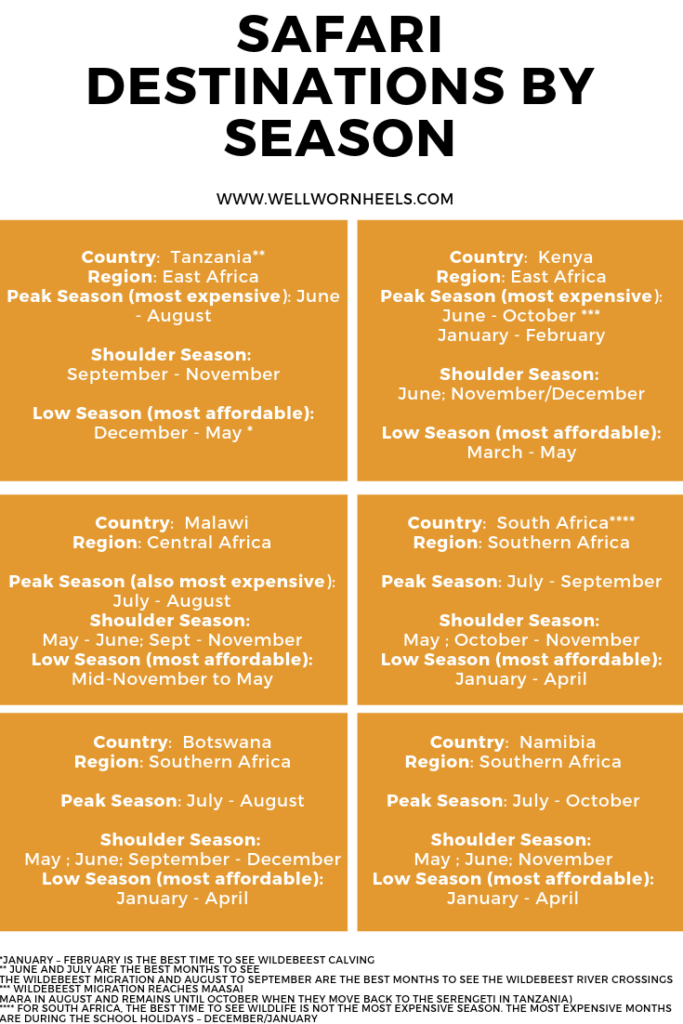
3. What to see on safari
Many want to see the ‘Big 5’ on a safari. The Big 5 are: Lion, Leopard, Buffalo, Rhino, and elephant. Why the big five? These five were considered to be the hardest to hunt on foot. Seeing the Big 5 on a safari is not guaranteed on any safari but you’re more likely to see them in some places (Like Kruger National Park and Maasai Mara) than others. There’s so much in the wild beyond the Big 5 and I hope you don’t get to focused on seeing the Big 5 that you downplay seeing ‘pumba’, cheetahs, or giraffes etc. The more drives you go on, the more likely you are to see more animals. Someone on a 6 day safari with morning and evening drives just has more chances than someone that only has one day.
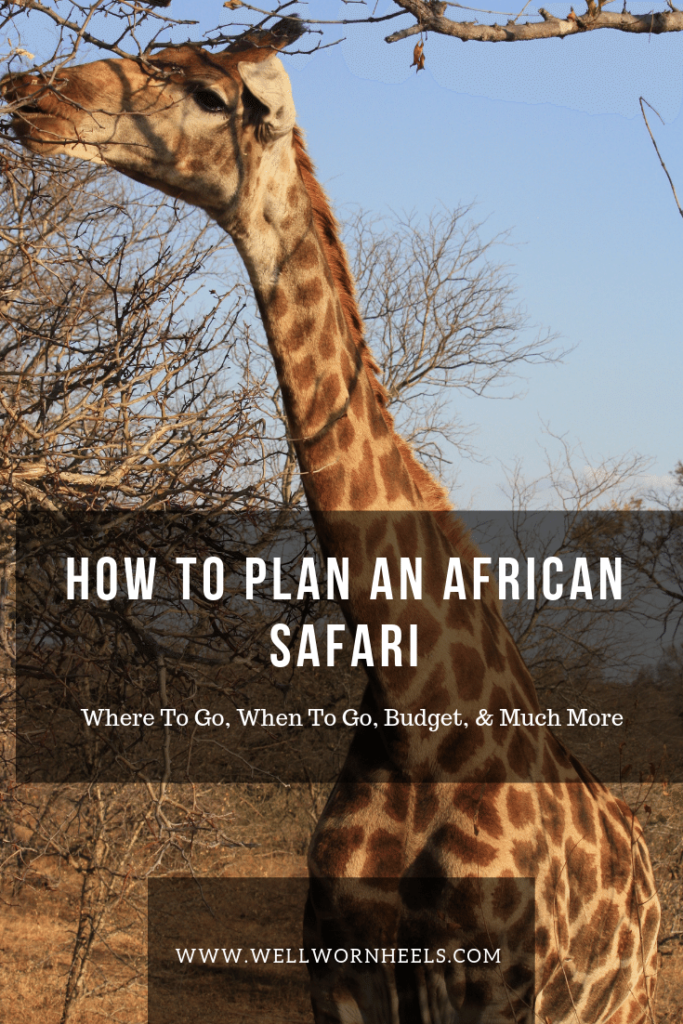
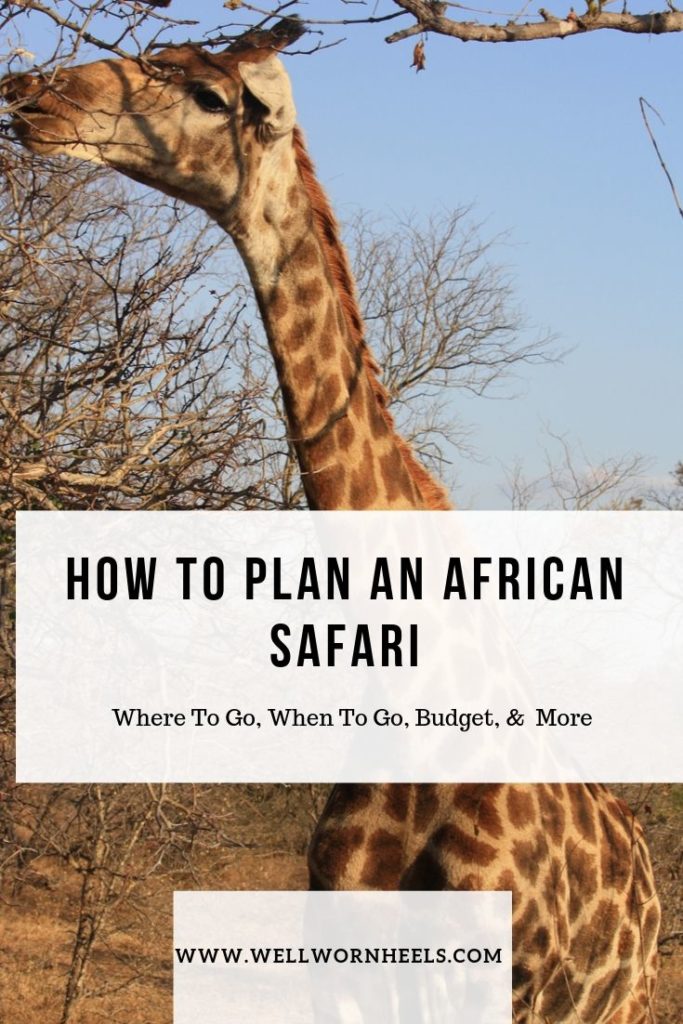
With that being said the following parks are known for:
- Maasai Mara Kenya ; great plains, and exceptional population of lions, elephant, cheetahs, leopard and wildebeest migration
- Lake Nakuru Kenya: thousands and sometimes millions of flamingos, rhinos.
- Lake Naivasha Kenya : world class birding destination, thousands of hippos
- Sabi Sands Game Reserve is the most exclusive private game reserve in south Africa. It is on the corner of Kruger National park and there are no fences between them, as such wildlife roam freely. Sabi sands is home to some of the most exclusive private lodges and it is said that chances of seeing the Big 5 is just about guaranteed.
- Chobe National Park Botswana: wildebeest, buffalo, crocodile, hippos, lions, giraffes, elephants and more
- Etosha National Park Namibia: Namibia’s prime wild life destination, this desert landscape is home to lions, leopard, giraffe, cheetah, springbok, elephant, zebra, and more
- Lilongwe wildlife trust: unspoilt, and free of mass tourism, Malawi is said to be the next big thing in safari and this reserve is best!
4. how much can you afford (budget, mid-range, luxury
One thing I quickly found out while planning my safari was that contrary to my initial assumptions, there are safaris for every budget. From shoestring to luxury, there’s a safari for you. For example, you can do a 3-day budget safari from Nairobi to Maasai Mara for $400 USD (includes accommodation, airport pick and drop in Nairobi, and meals), and on the other hand you can do a 6-day luxury safari covering Maasai Mara and Lake Naivasha for about $5000 (per person). In South Africa, you can stay outside Kruger and pay for a full day safari in the park for about $130 or you can stay at the world famous Sabi Sands resorts for Safari experiences fit for royalty.
To be honest, I wasn’t totally interested in a penny-pinching safari and I ended up in the ‘affordable luxury/mid-range’ bucket on both Safaris. Going during low and shoulder seasons meant that I got better pricing. In South Africa, I was able to negotiate and not pay the single supplement, and in Kenya, I pretty much had a private safari though I didn’t pay more (more on that in a separate Kenyan safari post later).
For budget safaris, you’d likely join a group staying in tented camps instead of lodges, but when in public/national parks, the game viewing is the same regardless of where you lay your head. Budget safaris cannot be customized but are great for solo travellers.
There are very nice tents (with toilets) that fall into the ‘glamping’ category and would be mid-range pricing.
Regardless of where you stay or your operator, standard fees are established by the government and are flat fees per guest. For example, daily foreigner fee for Maasai Mara national park in Kenya is here.
Tip: An additional benefit to lodges is that some lodges are on private reserves, and as such, their vehicles can go to places standard safari operators and self-drive safaris cannot access.
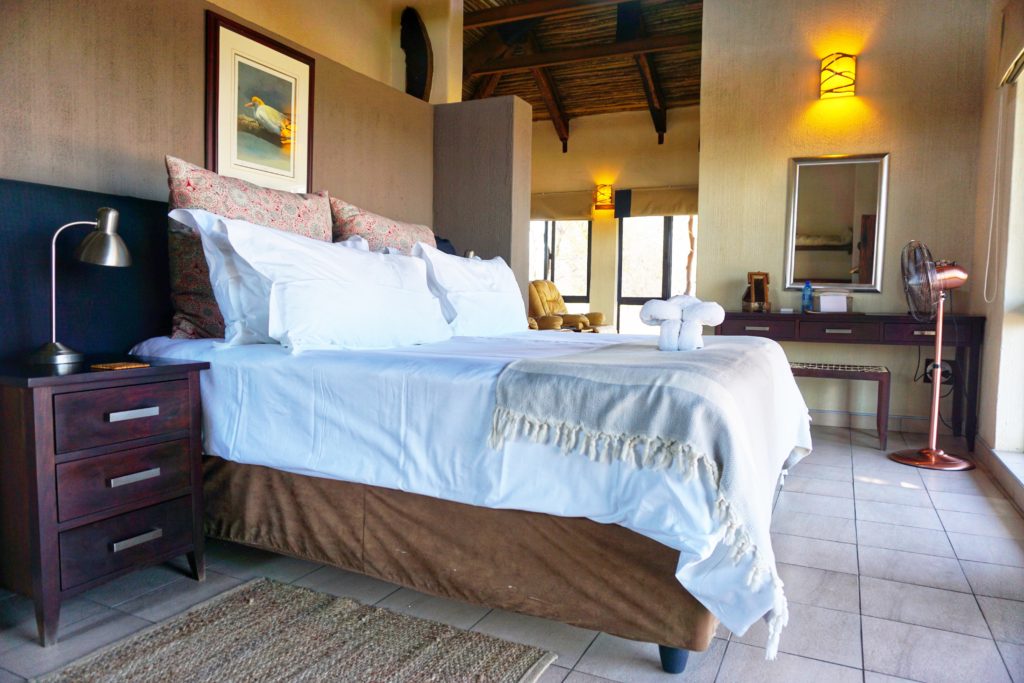
5. Self plan or using an operator
The easiest way to plan an African safari is to go with an operator. There are hundreds of operators to pick from. When going with an operator, be sure to read up on reviews to have a sense of the level of service to receive.
If you will end up going on a safari where you arrive at a lodge your best bet would be to cut out the operator, do a bit of research on lodges and book directly with the lodges. I’ve found them to be very responsive in my experience as I booked directly with a lodge in South Africa. With the lodges, all I did was show up and everything else was handled.
If your safari will be a bit more complicated (i.e. across different parks, countries, etc), then an operator will make your life easier.
When planning a self-drive safari, I’d suggest taking the time to plan yourself, that way you get to know what to expect on your route, pick a route that best suits your needs, and you can make changes as you wish. I’d love to do a self-drive safari in Namibia or South Africa. A good operator will save you time and stress of planning especially if you don’t feel comfortable planning a trip to a region you’re not familiar with.
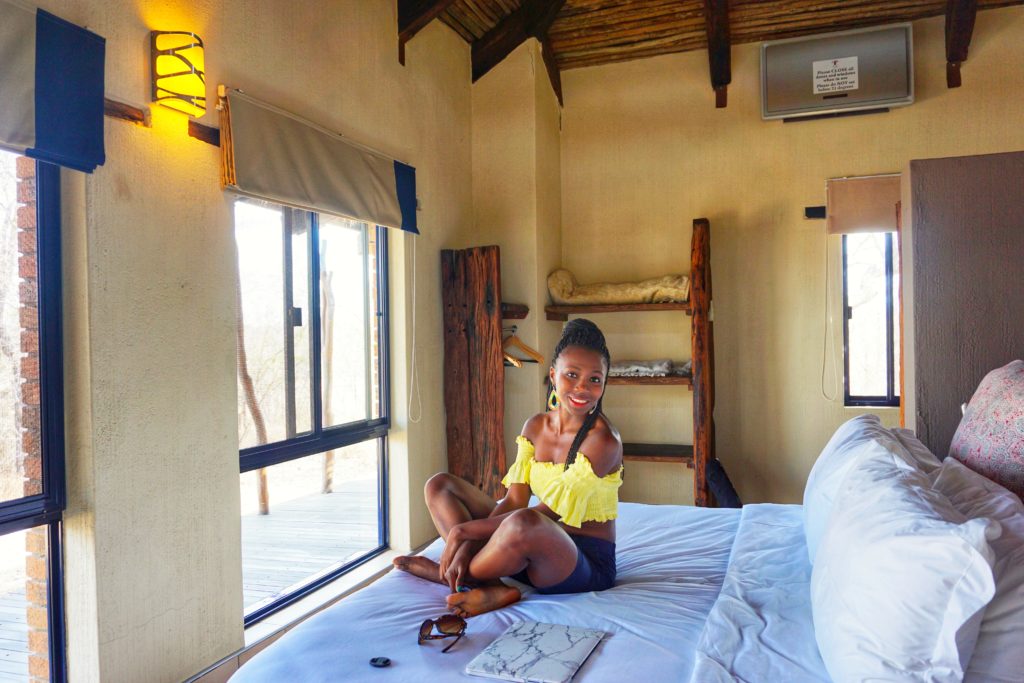
Tip: When working with a safari operator, ask for a range of different parks (including what animals are likely to be seen in each), and accommodation options so you get to pick which best suits your style and budget. Always ask your operator if park fees are included within the quotes provided to you.
now you’re ready to plan an african safari
A safari on the African continent can be a once in a lifetime thing or it can happen many times in a lifetime. Keep your eyes peeled for a post what I wish I knew (or what to expect) on a Safari. In the meantime, you’re perfectly ready to plan an African safari.
Have a great time planning yours! Which of the six safari destinations seems right for you? Got questions? Please ask in the comments section below.
Till next week,
Dee (Ms. Heels)
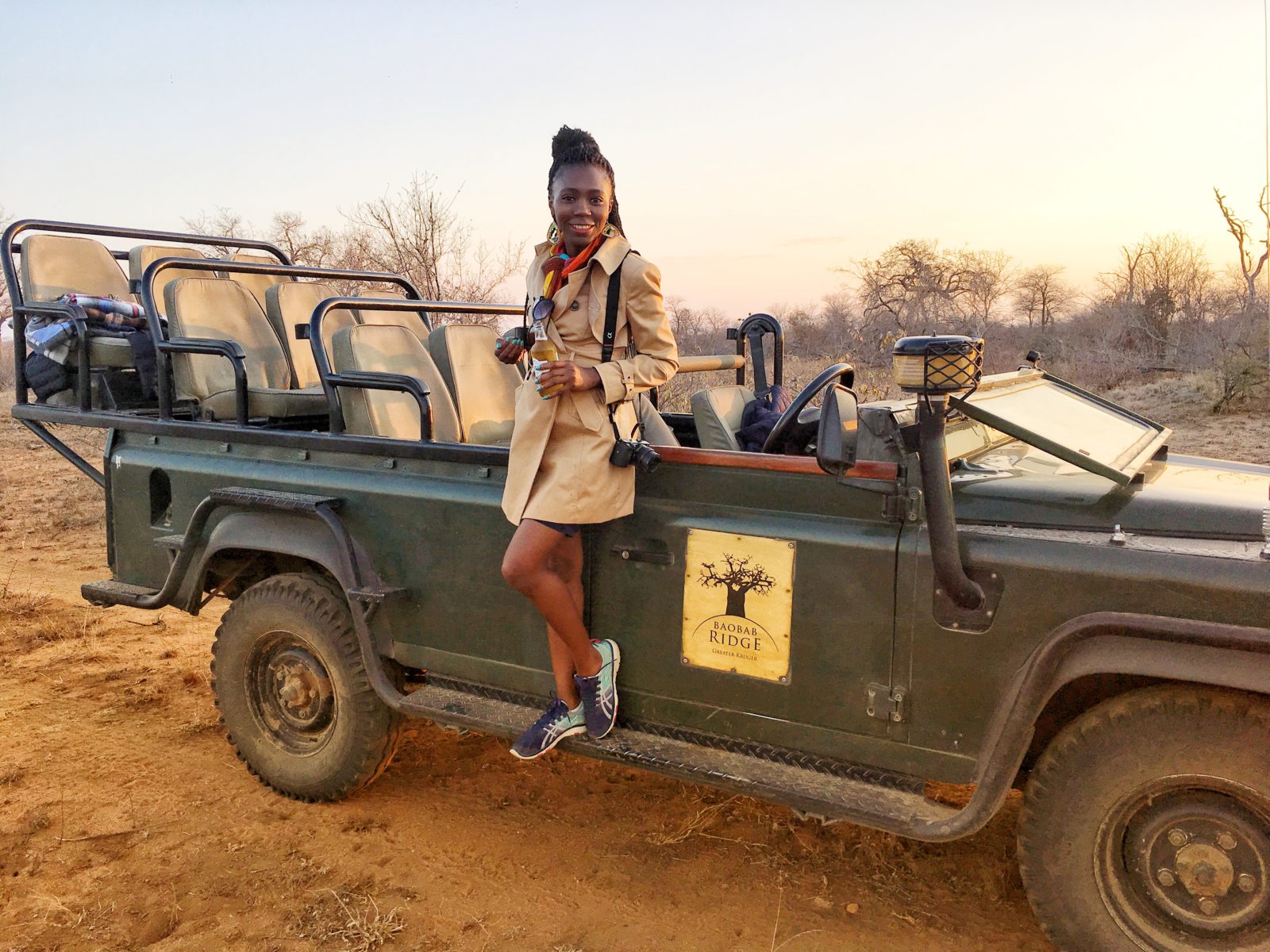
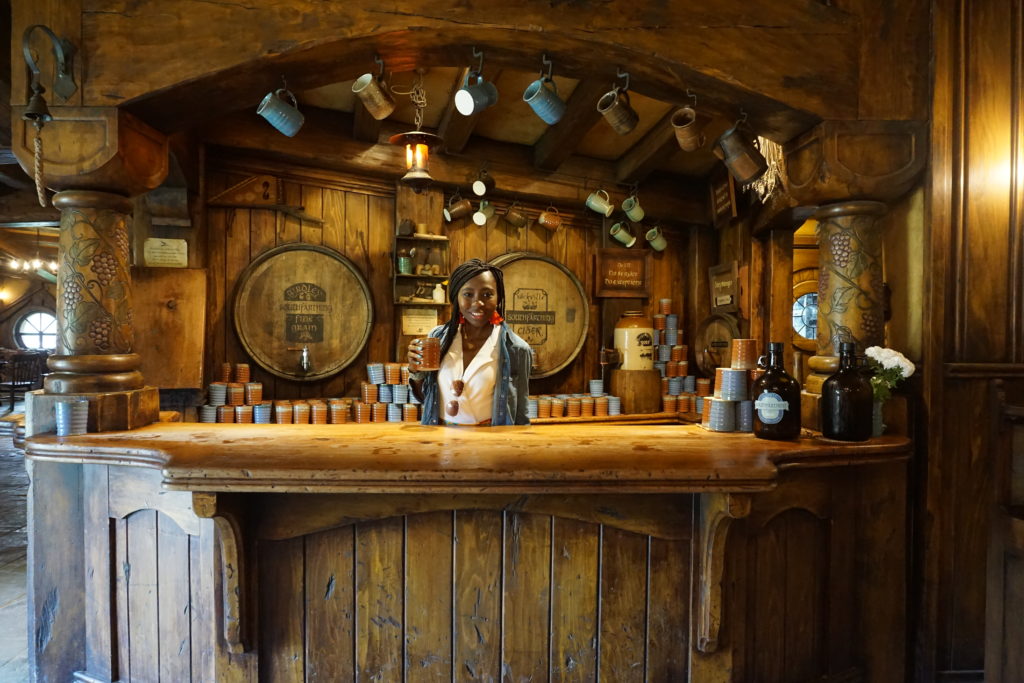
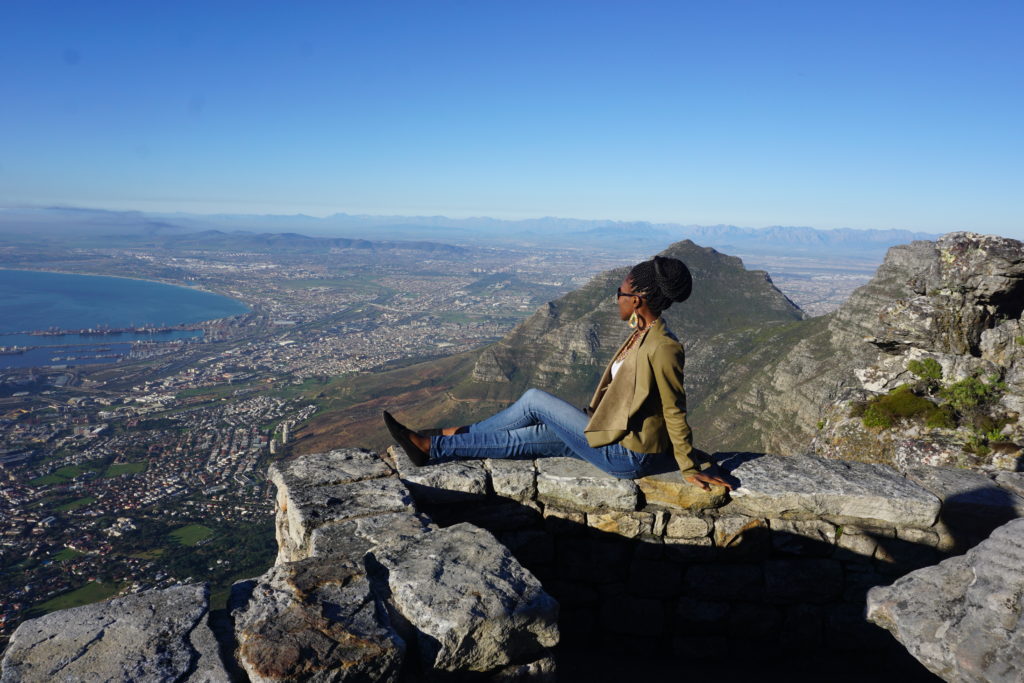
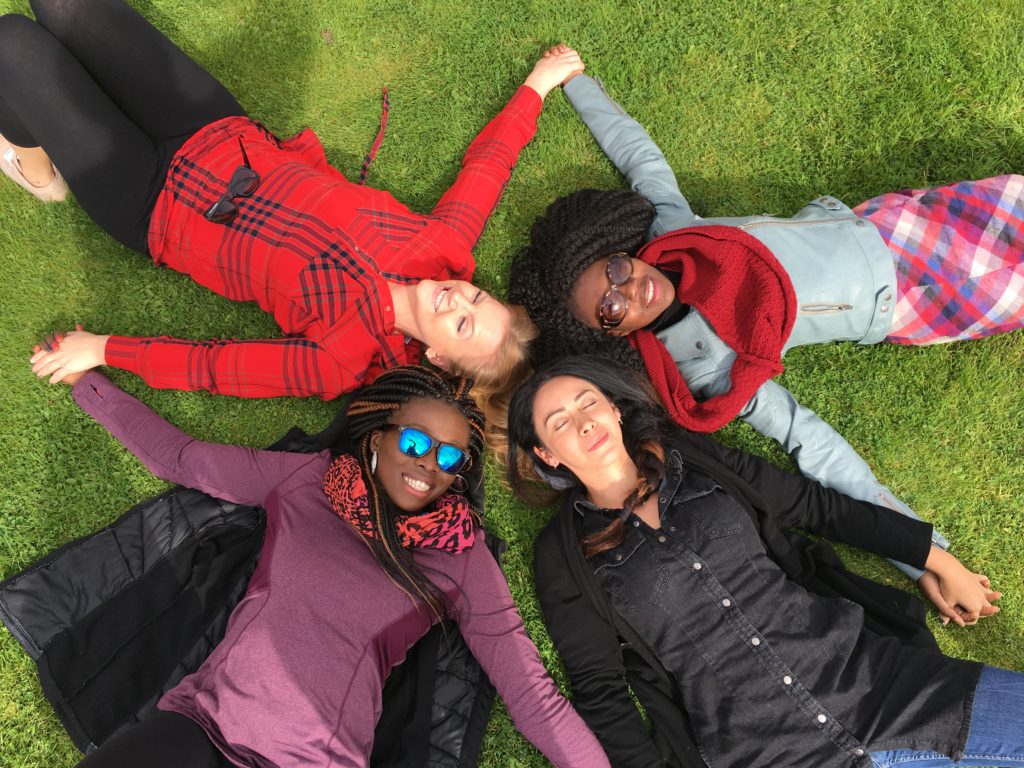
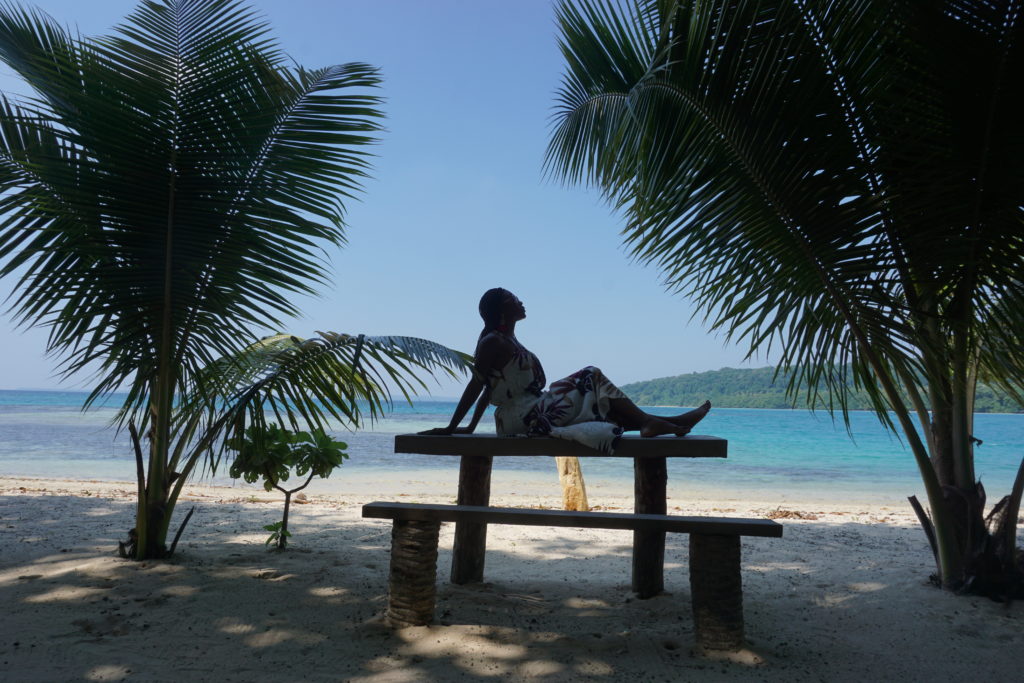

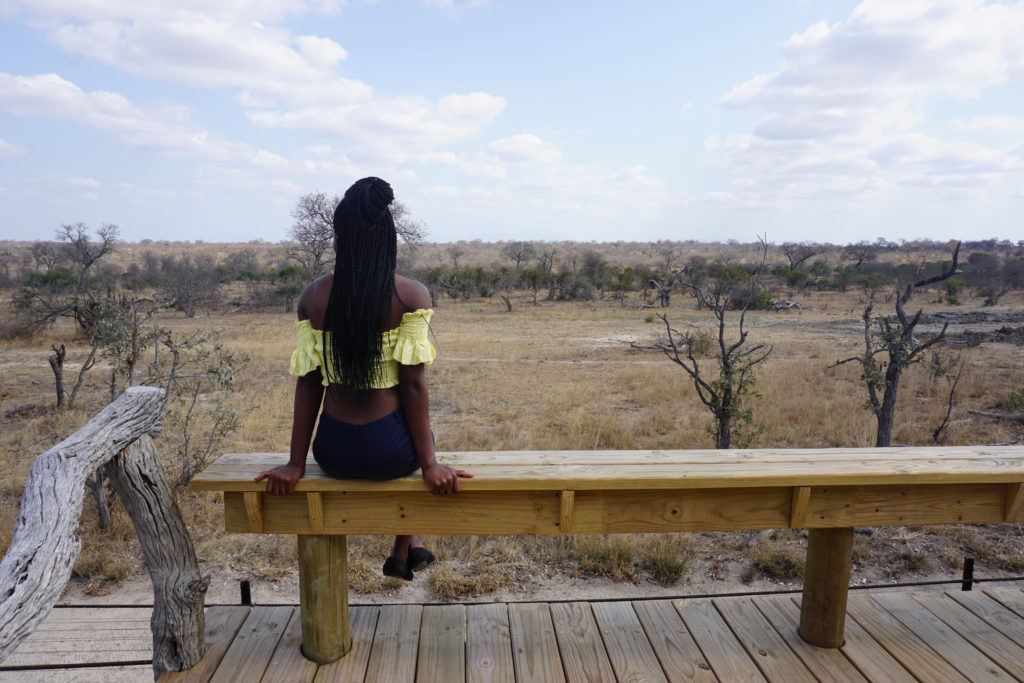
This is such a detailed post..love it and well done!
Thanks for reading !!!! Glad you found it detailed and helpful
Surprised to see Malawi on the list. Definitely underrated. I also did ‘affordable luxury’ when I visited Tanzania. Good times….
Hahaha I’m glad I surprised you with Malawi. It’s high on my next safari list . Right there with Tanzania ! Affordable luxury is my current taste (and budget lol) . Your Tanzania images looked amazing !
Such an awesome and interesting topic for a post! A safari is definitely on my bucket list, can’t wait to put this guide to use ☺️
Thanks for reading and I can’t wait for you to put it to use too!!! I enjoyed writing this one !
Thanks so much for all of the detail. We want to spend time being able to see the amazing African wildlife so this will definitely help with our planning.
Thank you for reading !!! All the best with planning it is an amazing experience
Thank you thank you so much for such a detailed post! I’ve been wanting to go on an African safari, but I was having a hard time narrowing down the country and month! YOU ARE A LIFE SAVER!
Awww your comment made my dayyyy!!! I enjoyed writing this and more importantly I love that you found it helpful !
Such a great and detailed guide! I am South African and going on Safari is one of my favourite things! We did a 3-day walking Safari in the Kruger Park last year and it was AMAZING! You’ve shared so many wonderful and helpful tips. Also your photos are amazing
Thank you for reading ! Wow a 3 day walking safari ????? My goal is to come back and do a self drive safari . South Africa is so amazing for that and what a beautiful country you come from ! Thanks for your kind comments
LOOOOVE this guide! I’ve been wanting to go on an African safari for so long and I’ve just felt overwhelmed about it all. I appreciate you breaking down the different parks by seasonality and what kinds of animals you can find. You’ve made all the information so much more digestible. Though I still want to see everything!! Maybe I’m leaning towards Sabi Sands Game Reserve… will check out you other African posts!
Thank you for reading. This is exactly why I wrote this as an introductory guide!! Haha I still want to see everything too and I want to go on more safaris! Sabi sands sounds wonderful, I’ll do a specific post on South Africa and another on Kenya